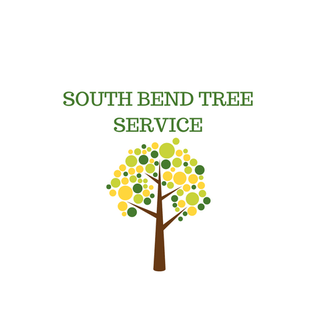Maintaining the health of your trees involves vigilance against potential threats, and pests are among the most common adversaries. Recognizing the signs of tree pest infestations and understanding effective control measures is crucial for preserving the vitality of your landscape. In this guide, we’ll explore some of the most common tree pests and practical strategies to control their impact.
Aphids:
Aphids are tiny, sap-sucking insects that can infest a variety of trees. They reproduce rapidly and can cause damage by depleting a tree’s nutrients. To control aphids, consider introducing natural predators like ladybugs or use insecticidal soaps and horticultural oils to disrupt their life cycle. Regular inspection and early intervention are vital to preventing significant damage.
Scale Insects:
Scale insects, appearing as small bumps on tree branches, feed on plant fluids and can weaken trees over time. A proactive approach to control scale involves pruning and removing heavily infested branches. Additionally, introducing natural predators or using horticultural oils can help manage scale insect populations.
Emerald Ash Borer:
The Emerald Ash Borer (EAB) is a highly destructive pest that targets ash trees. Recognizing EAB infestations early is crucial for adequate control. Professional tree services often employ insecticide treatments or biological control methods to manage EAB populations and protect ash trees.
Bagworms:
Bagworms are caterpillars that construct protective bags using tree foliage. Left unchecked, they can defoliate trees. Handpicking and destroying bags in their early stages is a practical control method. For larger infestations, biological insecticides or Bacillus thuringiensis (Bt) may be effective in managing bagworm populations.
Spider Mites:
Tiny arachnids called spider mites feed on tree sap, causing stippling and discoloration of leaves. Regularly spraying affected trees with a strong stream of water can help dislodge mites. Insecticidal soaps or neem oil might also be helpful in controlling spider mite infestations.
Whiteflies:
The tiny, flying insects known as whiteflies consume plant sap, often causing leaf yellowing and distortion. Natural predators like parasitic wasps can assist in controlling whitefly populations. Insecticidal soaps or neem oil are chemical alternatives that can be effective in managing these pests.
Protecting your trees from common pests involves a combination of preventive measures, regular monitoring, and timely intervention. Recognizing the signs of infestations and putting in place the necessary controls is crucial for preserving the health and beauty of your landscape. If you encounter persistent pest issues or need professional assistance, seeking the expertise of a reliable Tree Service can provide tailored solutions to protect your trees and ensure their longevity. Stay vigilant, employ proactive measures, and enlist professional help when needed to keep your trees thriving and pest-free.
